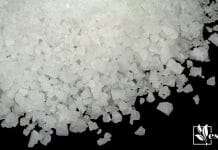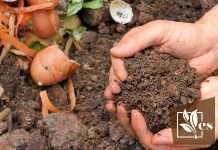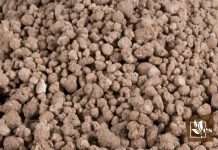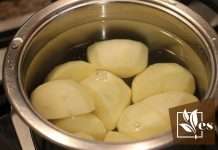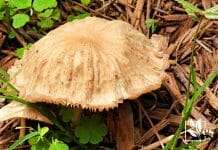Maintaining the cleanliness of garden tools is an essential part of gardening that’s often overlooked. Disinfecting these tools, especially with vinegar, has multiple benefits aside from just keeping them looking good.
As a gardener myself, I’ve found that regular cleaning prevents the build-up of soil and sap, which can dull the blades and make tools less effective. Additionally, removing rust and limiting the spread of disease between plants are crucial for the survival of your garden.
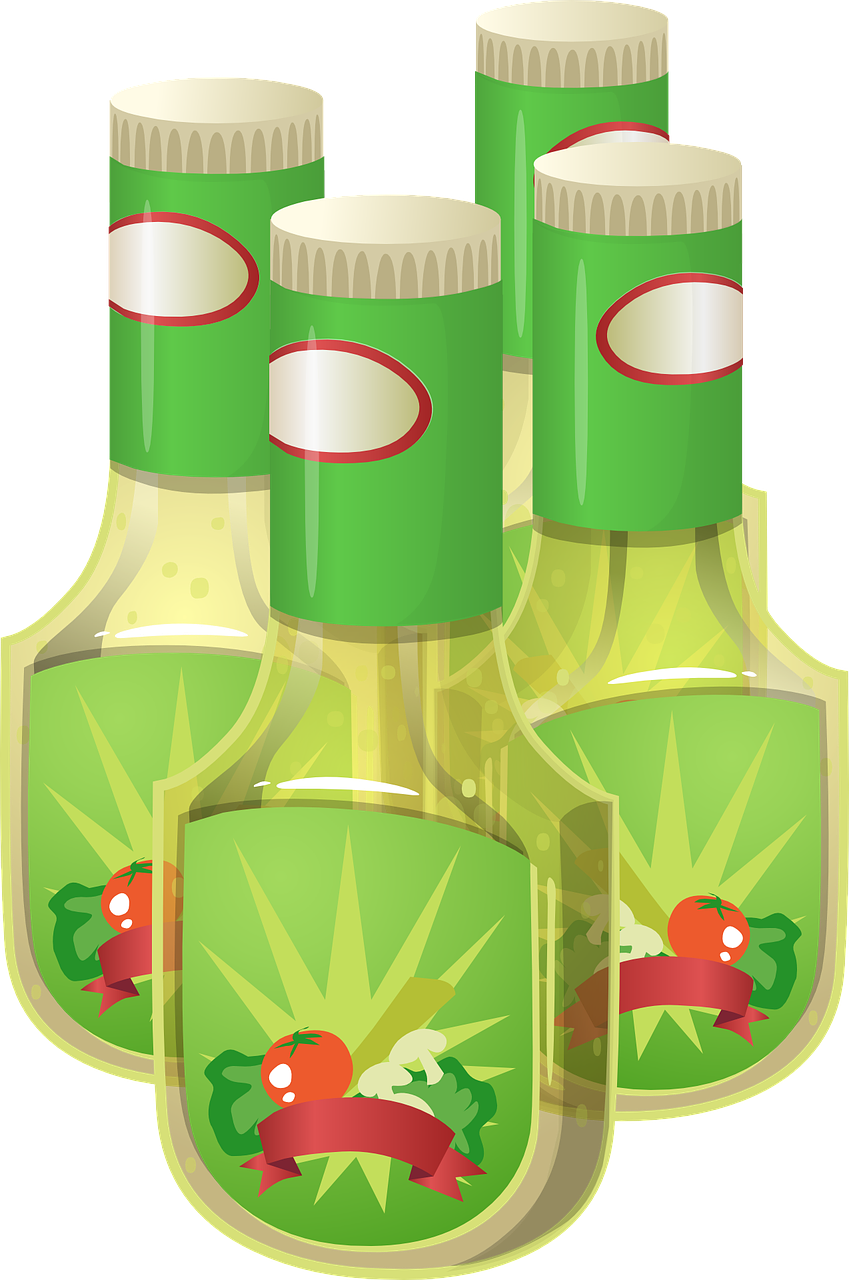
When I clean my tools with vinegar, I’m choosing an eco-friendly method that avoids using harsh chemicals. The acetic acid in vinegar is strong enough to help remove the grit without damaging the tools. This cost-effective solution leaves a clean scent and doesn’t harm the environment.
However, it’s important to remember that while vinegar can help clean, it’s not a high-level disinfectant capable of eliminating all types of pathogens. For some diseases, stronger disinfectants like bleach or alcohol might be necessary.
JUMP TO TOPIC
Cleaning and Disinfecting Garden Tools
Maintaining clean garden tools is essential for gardening success. Ensuring debris is removed and tools are properly disinfected keeps your plants healthy and tools in good condition.
Removing Dirt and Debris
The first step in maintaining gardening tools starts with removing soil and mud. I start by using a sturdy brush to scrub off dried dirt from the tools. If debris is particularly stubborn, a mixture of warm water and detergent can help loosen it. For tools with intricate parts, like pruners, I’ll soak them in a bucket of warm, soapy water for a few minutes before brushing. A hose can then be used to rinse off the loosened dirt.
- Stiff-bristled brush
- Warm soapy water
- Detergent
- Sponge
- Hose or bucket
Applying Disinfectants
After the dirt is cleared, disinfecting is the next critical step. I often opt for a vinegar solution because it’s eco-friendly and effective. I mix one part white vinegar with one part water in a bucket, and sometimes add a dash of dish soap for extra cleaning power. Submerging the tools in the solution or wiping them down with a cloth dampened in the mixture are both effective methods. For a stronger disinfectant, especially after dealing with diseased plants, I’ll use a solution of one part bleach to nine parts water or a commercial disinfectant like Lysol to ensure pathogens are eliminated.
💥 Disinfectant Options:
- Vinegar and water solution
- Chlorine bleach mixture
- Commercial household disinfectants
- Isopropyl alcohol
Preventing and Treating Rust
Rust prevention is paramount to tool longevity. I ensure my tools are thoroughly dried before storage. If I notice rust forming, I’ll use undiluted vinegar or a commercial rust remover to treat the area. Applying a light coat of oil after cleaning inhibits rust and keeps the tools functioning smoothly.
- Always dry tools completely before storage.
- Treat existing rust with vinegar or rust remover.
- Oil moving parts occasionally to protect them.
Maintaining and Storing Garden Tools
To ensure gardening tools remain effective and durable, attentive tool maintenance and proper storage are essential. I focus on keeping tools at their best, free from damage and ready for use.
Proper Storage Techniques
I ensure my tools are clean and dry before storing them to prevent rust and decay.
- Hang tools, especially cutting tools like pruners, to keep them off damp surfaces.
- Store in a dry, enclosed area to protect from the elements.
- For wooden handles, I sometimes rub with linseed or tung oil before storing to preserve the wood.
- Plastics items should be kept away from direct sunlight as UV light can weaken them over time.
Routine Tool Maintenance
Maintaining tools regularly preserves their functionality and safety. Here’s how I keep my essentials in top shape:
| Tool Part | Cleaning | Maintenance | Sharpening |
|---|---|---|---|
| Blades | Wipe with a damp cloth and dry. | Check for signs of corrosion, tighten any loose parts. | Use a whetstone or file to keep edges sharp. |
| Wooden Handles | Clean with mild soap and water, then dry. | Sand any splintered areas; apply linseed oil periodically. | N/A |
| Metal Components | Remove rust spots with steel wool or sandpaper. | Apply a light coat of oil to prevent rusting. | Keep joints oiled for smooth operation. |
- After use, I always clean soil and plant debris from my tools to avoid transferring diseases.
- Sharpening the blades of cutting tools is crucial for clean cuts that promote plant health.
- Lubrication with a lightweight oil prevents corrosion and ensures moving parts function smoothly.
Regular tool maintenance and correct storage not only extend the life of my gardening tools but also make my gardening more efficient and enjoyable.
Safeguarding Plants and Soil Health
I use white vinegar to disinfect my garden tools, effectively reducing the spread of bacteria, fungi, and viruses in my garden.
When I work in my garden, I recognize the importance of preventing diseases from transmitting between my plants. Sterilizing my pruning shears and other tools is crucial, especially after they’ve been used on diseased plants. I often opt for white vinegar, a more eco-friendly choice compared to harsh chemicals like bleach, as it’s less corrosive and doesn’t harm the soil biology.
💥 Why Vinegar?
I lean towards vinegar because it ensures that any bacteria, fungi, or viruses are adequately dealt with, safeguarding my soil and plant health. Vinegar, especially white vinegar, is acidic enough to disinfect, but still gentle enough not to cause significant damage to the tools themselves.
In case of visible soil or plant sap, I make sure to clean the tools before soaking them in vinegar solution. This not only promotes cleaner cutting edges but also extends the longevity of my tools. It’s a routine part of my planting process, ensuring that each new plant gets a healthy start, unimpeded by pathogens potentially lurking on unsterilized surfaces.
Improving Gardening Efficiency and Tool Longevity
I understand the importance of maintaining garden tools not only to enhance gardening efficiency but also to ensure their longevity. By regularly disinfecting and cleaning tools, such as secateurs and bulb planters, I can prevent the spread of diseases, maximizing garden productivity and extending tool life.
- Reduces the spread of pathogens that cause plant diseases.
- Improves tool performance during tasks like digging and cutting.
- Extends the service life of your garden implements.
To maintain my tools, I start by removing any dirt or sap using a stiff brush. Then, I prepare a solution of one part water and one part vinegar in a spray bottle. Spraying this solution onto the tools or soaking them for a few minutes helps disinfect them. After scrubbing off any remaining residue, it’s crucial to air dry the tools completely to prevent rust.
Ensuring my tools are dry, I occasionally apply a thin coat of vegetable oil to metal surfaces, which helps to repel water and further protect against rust. This simple routine keeps my tools in prime condition, which in turn, keeps me efficient and productive in the garden.
Routine maintenance is not just about efficiency; it’s a practice that ensures my gardening tools withstand the test of time and aid in the overall success of my garden.


